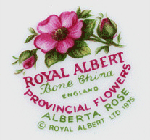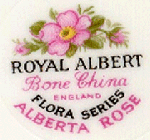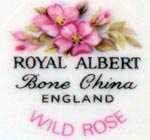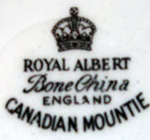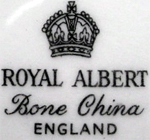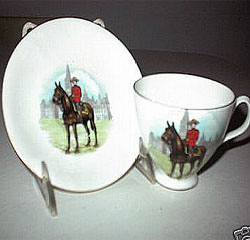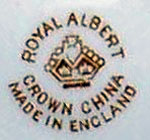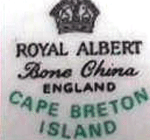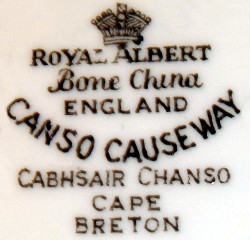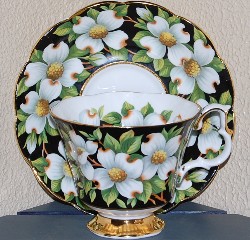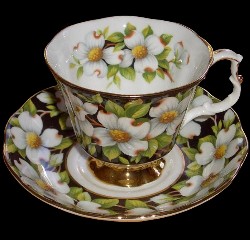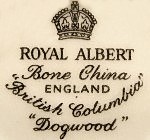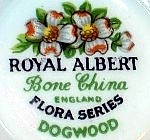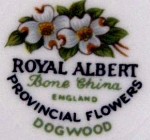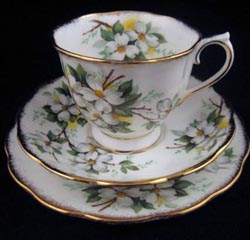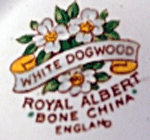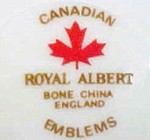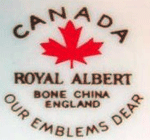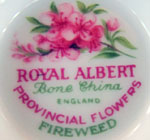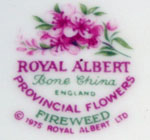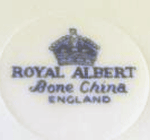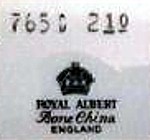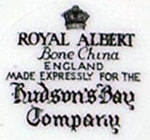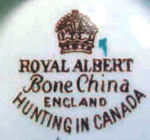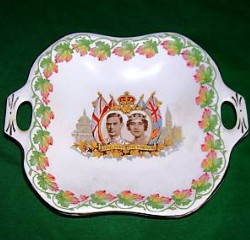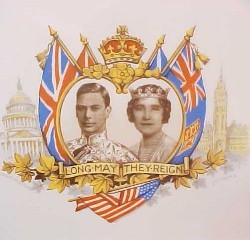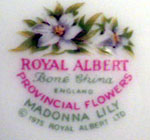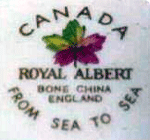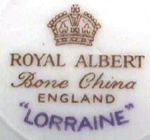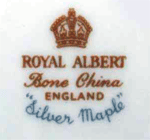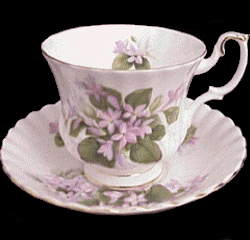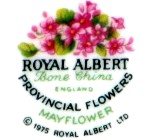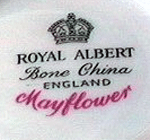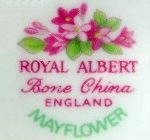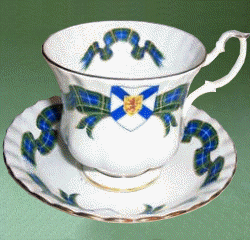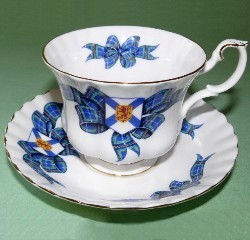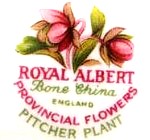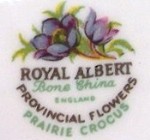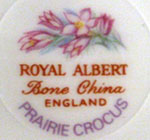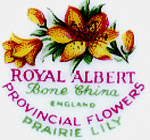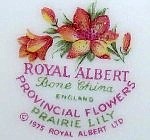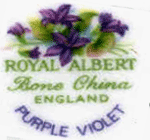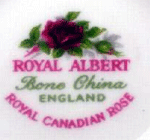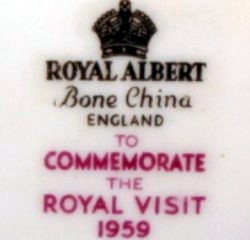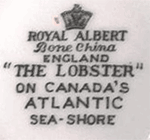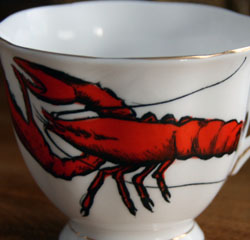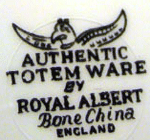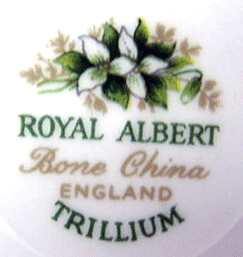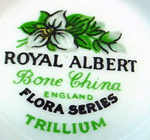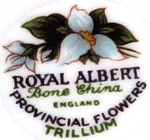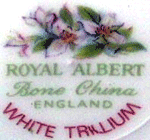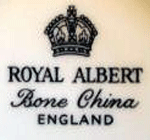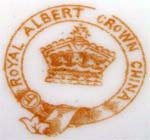|
||||||||||||||||||||||||||||||||||||||||||||||||||||||||||||||||||||||||||||||
Canada Page Anything Canada is on this page
|
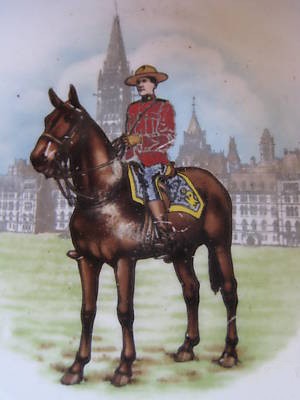 |
|||||||||||||||||||||||||||||||||||||||||||||||||||||||||||||||||||||||||||||
Alberta Rose |
Alberta Alberta's flower is the Wild Rose. It is a flower that is able to grow on mountains and in meadows and the bush produces berries called rose hips. Rose hips can be picked in the late summer and are an excellent source of vitamin C. The wild rose has been the |
|||||||||||||||||||||||||||||||||||||||||||||||||||||||||||||||||||||||||||||
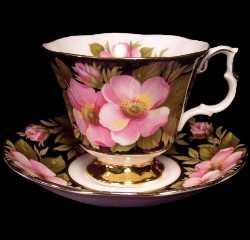 |
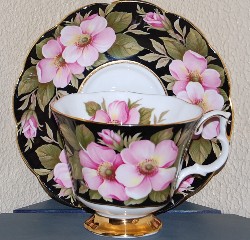 |
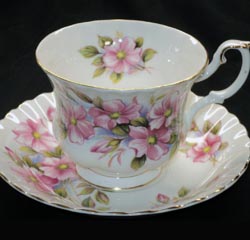 |
||||||||||||||||||||||||||||||||||||||||||||||||||||||||||||||||||||||||||||
Alberta Rose |
Alberta Rose |
Wild Rose |
||||||||||||||||||||||||||||||||||||||||||||||||||||||||||||||||||||||||||||
Banff, Canada |
||||||||||||||||||||||||||||||||||||||||||||||||||||||||||||||||||||||||||||||
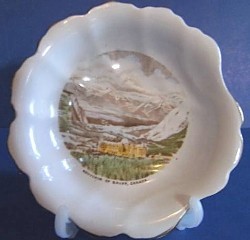 |
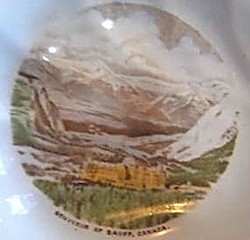 |
 |
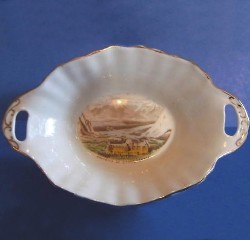 |
|||||||||||||||||||||||||||||||||||||||||||||||||||||||||||||||||||||||||||
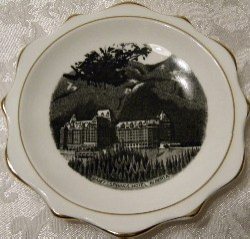 |
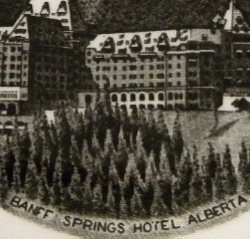 |
 |
||||||||||||||||||||||||||||||||||||||||||||||||||||||||||||||||||||||||||||
Canadian Mountie |
||||||||||||||||||||||||||||||||||||||||||||||||||||||||||||||||||||||||||||||
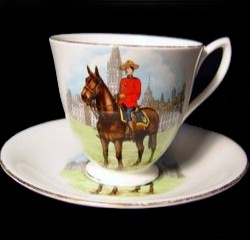 |
|
|
||||||||||||||||||||||||||||||||||||||||||||||||||||||||||||||||||||||||||||
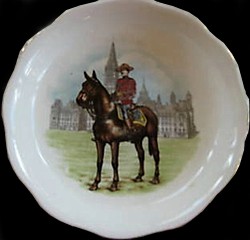 |
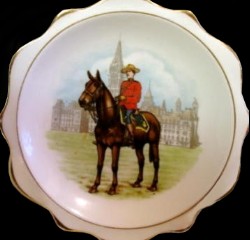 |
|||||||||||||||||||||||||||||||||||||||||||||||||||||||||||||||||||||||||||||
Canadian National Exhibition Fountain at the Canadian National Exhibition, Toronto, Canada |
||||||||||||||||||||||||||||||||||||||||||||||||||||||||||||||||||||||||||||||
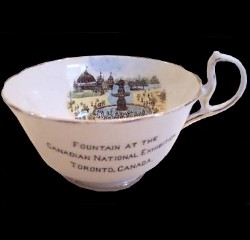 |
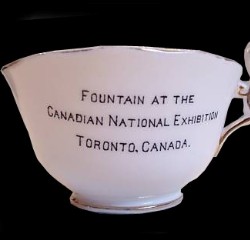 |
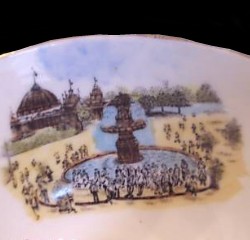 |
||||||||||||||||||||||||||||||||||||||||||||||||||||||||||||||||||||||||||||
Cape Breton Island |
In 1907, Mrs.Lillian Crewe Walsh, of Glace Bay, Cape Breton, wrote a poem in praise of Cape Breton. The poem was given by. Mrs.Walsh to Mrs.Grant in 1957 and the tartan designed to accord with the poem. Grey for our Cape Breton Steel Gold for the golden sunsets shining bright on the lakes of Bras D'or Green for our lofty mountains,our valleys and our fields To show us,GOD's hand has lingered To Bless Cape Breton's shores. |
|||||||||||||||||||||||||||||||||||||||||||||||||||||||||||||||||||||||||||||
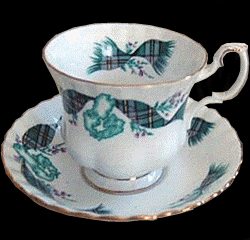 |
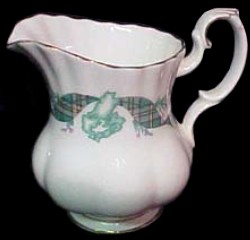 |
|||||||||||||||||||||||||||||||||||||||||||||||||||||||||||||||||||||||||||||
Canso Causeway
Cabhsair Chanso, Cape Breton |
||||||||||||||||||||||||||||||||||||||||||||||||||||||||||||||||||||||||||||||
 |
|
 |
||||||||||||||||||||||||||||||||||||||||||||||||||||||||||||||||||||||||||||
 |
||||||||||||||||||||||||||||||||||||||||||||||||||||||||||||||||||||||||||||||
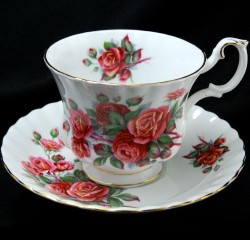 |
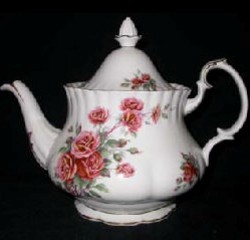 |
 |
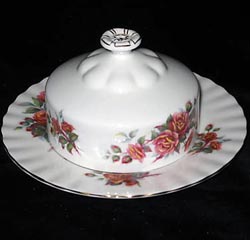 |
|||||||||||||||||||||||||||||||||||||||||||||||||||||||||||||||||||||||||||
Dogwood Patterns |
British Columbia The Pacific dogwood (Cornus nuttallii) was adopted in 1956 as British Columbia's floral emblem. The Pacific Dogwood is a tree that grows six to eight metres high and flowers in April and May. In the autumn it is conspicuous for its cluster of bright red berries and brilliant foliage |
|||||||||||||||||||||||||||||||||||||||||||||||||||||||||||||||||||||||||||||
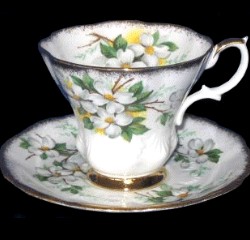 |
|
|
 |
|||||||||||||||||||||||||||||||||||||||||||||||||||||||||||||||||||||||||||
British Columbia Dogwood |
Dogwood |
Dogwood |
Pacific Dogwood |
|||||||||||||||||||||||||||||||||||||||||||||||||||||||||||||||||||||||||||
|
|
 |
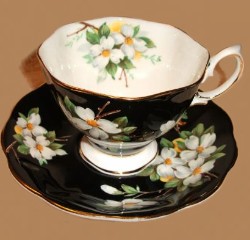 |
|||||||||||||||||||||||||||||||||||||||||||||||||||||||||||||||||||||||||||
White Dogwood |
||||||||||||||||||||||||||||||||||||||||||||||||||||||||||||||||||||||||||||||
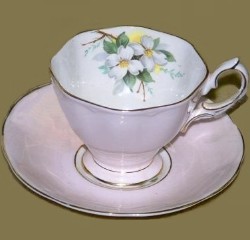 |
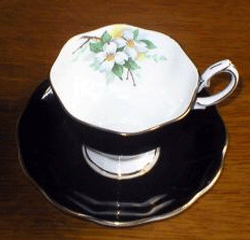 |
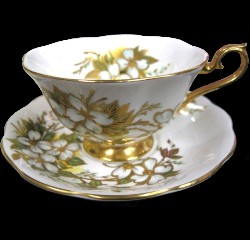 |
||||||||||||||||||||||||||||||||||||||||||||||||||||||||||||||||||||||||||||
"Emblems" or "Our Emblems Dear " |
||||||||||||||||||||||||||||||||||||||||||||||||||||||||||||||||||||||||||||||
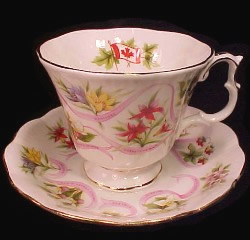 |
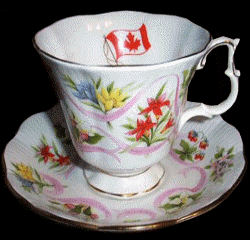 |
|||||||||||||||||||||||||||||||||||||||||||||||||||||||||||||||||||||||||||||
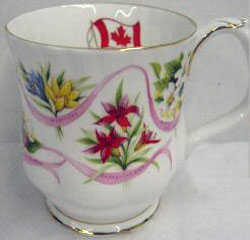 |
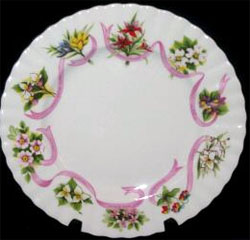 |
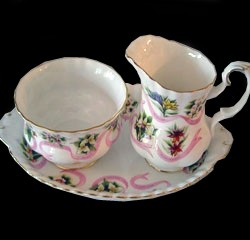 |
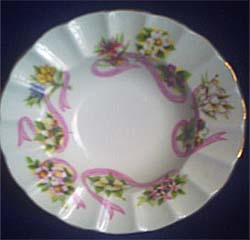 |
|||||||||||||||||||||||||||||||||||||||||||||||||||||||||||||||||||||||||||
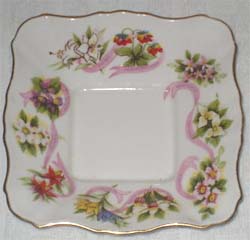 |
 |
|||||||||||||||||||||||||||||||||||||||||||||||||||||||||||||||||||||||||||||
Fireweed |
Yukon Fireweed (Epilobium angustifolium) was chosen as Yukon's floral emblem in 1957. It is a hardy plant and grows along Yukon roadsides, river bars and clearings from mid-July to September. Its blooms are a bright magenta, making it one of the most attractive plants in the North. It’s also one of the first plants to appear after a forest fire. |
|||||||||||||||||||||||||||||||||||||||||||||||||||||||||||||||||||||||||||||
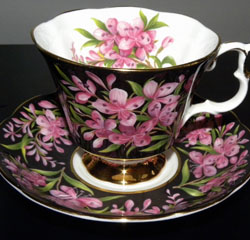 |
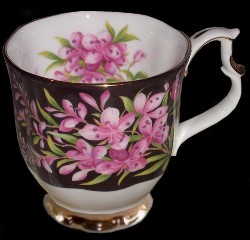 |
|||||||||||||||||||||||||||||||||||||||||||||||||||||||||||||||||||||||||||||
Home and Counrty EST 1970s AWI - Alberta Women's Institutes Cup Shape: Countess |
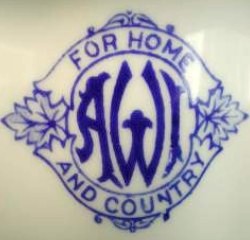 |
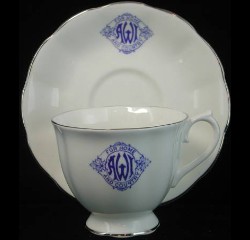 |
||||||||||||||||||||||||||||||||||||||||||||||||||||||||||||||||||||||||||||
Hotel Vancouver, Canada |
||||||||||||||||||||||||||||||||||||||||||||||||||||||||||||||||||||||||||||||
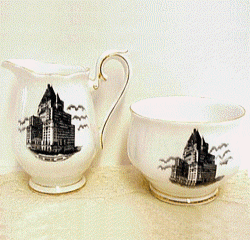 |
This is the third hotel to be named 'Hotel Vancouver'. The first was a five-story, brick structure that looked and functioned much like a farmhouse. The second, built from 1912-1916, and opened in 1916, became the meeting place for Vancouver society. The second Hotel Vancouver was turned into a government administration building during World War II and torn down in 1949. The present Hotel Vancouver took 11 years to build because construction was halted for five years during the Great Depression. It was started by the Canadian National Railway but was finally completed under a joint operating agreement with the Canadian Pacific Railway. It was opened in May of 1939, in time for the Royal visit of King George VI and Queen Elizabeth at a final cost of $12 million. A $70 million restoration in the mid 1990s has ensured that The Fairmont Hotel Vancouver remains at the very forefront of Vancouver's best hotels. |
|||||||||||||||||||||||||||||||||||||||||||||||||||||||||||||||||||||||||||||
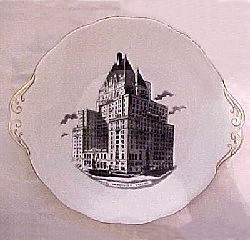 |
||||||||||||||||||||||||||||||||||||||||||||||||||||||||||||||||||||||||||||||
|
Hudson's Bay Company |
||||||||||||||||||||||||||||||||||||||||||||||||||||||||||||||||||||||||||||||
 |
 |
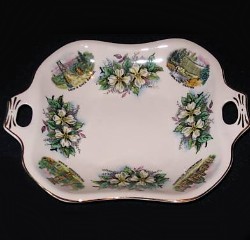 |
||||||||||||||||||||||||||||||||||||||||||||||||||||||||||||||||||||||||||||
Hunting In Canada |
||||||||||||||||||||||||||||||||||||||||||||||||||||||||||||||||||||||||||||||
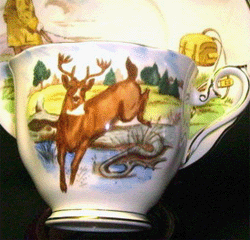 |
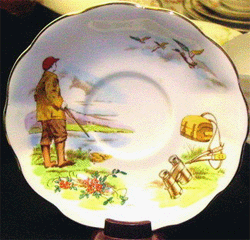 |
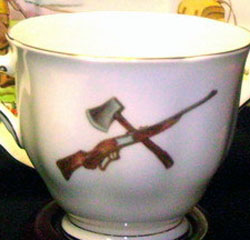 |
||||||||||||||||||||||||||||||||||||||||||||||||||||||||||||||||||||||||||||
Lady's Slipper |
Prince Edward Island The Lady's Slipper was adopted as the provincial flower on April 25, 1947. The orchid gets its name from the shape of its petals which form a pouch somewhat like a slipper. The Lady's Slipper blooms in late May and June and grows in shady and moist woodlands. These delicate flowers should not be picked, nor transplanted, as they will rarely survive a change of habitat. |
|||||||||||||||||||||||||||||||||||||||||||||||||||||||||||||||||||||||||||||
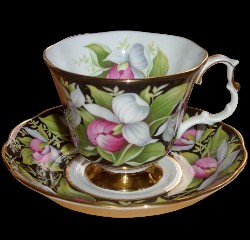 |
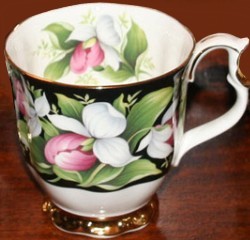 |
|||||||||||||||||||||||||||||||||||||||||||||||||||||||||||||||||||||||||||||
To Connernorte the Visit of their majesties King George VI and Queen Elizabeth to Canada and the United States of America May 1939 |
||||||||||||||||||||||||||||||||||||||||||||||||||||||||||||||||||||||||||||||
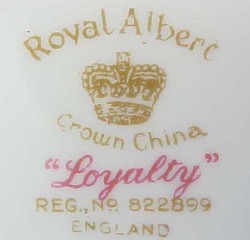 |
 |
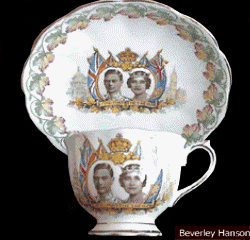 |
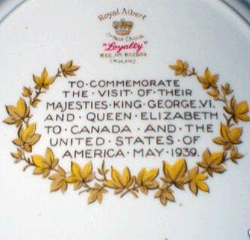 |
|||||||||||||||||||||||||||||||||||||||||||||||||||||||||||||||||||||||||||
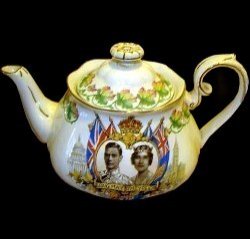 |
|
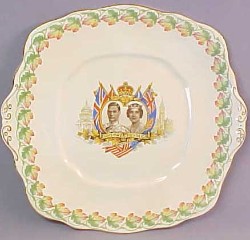 |
|
|||||||||||||||||||||||||||||||||||||||||||||||||||||||||||||||||||||||||||
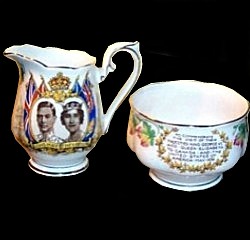 |
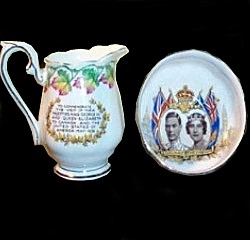 |
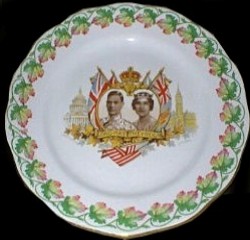 |
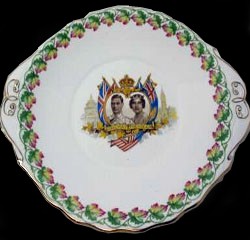 |
|||||||||||||||||||||||||||||||||||||||||||||||||||||||||||||||||||||||||||
Madonna Lily |
Quebec The Madonna lily was Quebec’s flower for 36 years. It looks like the heraldic fleur-de-lis on Quebec’s flag. The Madonna lily is the symbol of French culture in France and Québec, but it does not grow naturally in the province. Therefore, in 1999 Quebec chose a new flower that grows throughout the province: the blue flag iris |
|||||||||||||||||||||||||||||||||||||||||||||||||||||||||||||||||||||||||||||
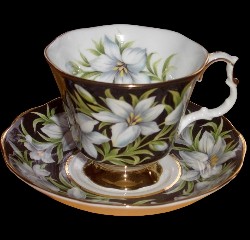 |
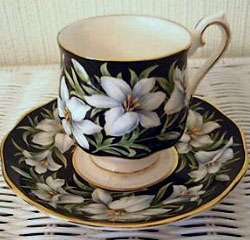 |
|||||||||||||||||||||||||||||||||||||||||||||||||||||||||||||||||||||||||||||
Maple Leaf Patterns
|
||||||||||||||||||||||||||||||||||||||||||||||||||||||||||||||||||||||||||||||
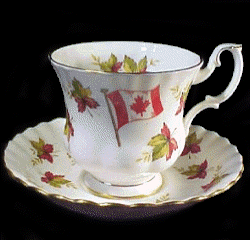 |
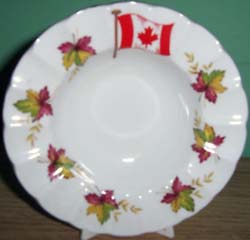 |
|||||||||||||||||||||||||||||||||||||||||||||||||||||||||||||||||||||||||||||
From Sea To Sea |
||||||||||||||||||||||||||||||||||||||||||||||||||||||||||||||||||||||||||||||
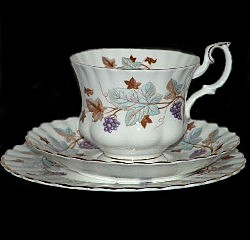 |
|
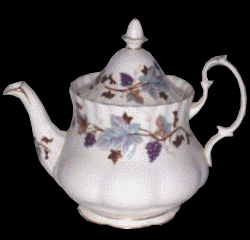 |
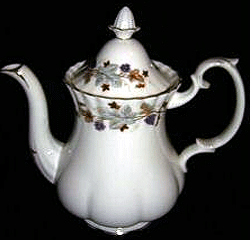 |
|||||||||||||||||||||||||||||||||||||||||||||||||||||||||||||||||||||||||||
Lorraine |
||||||||||||||||||||||||||||||||||||||||||||||||||||||||||||||||||||||||||||||
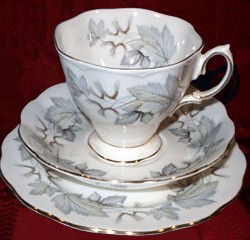 |
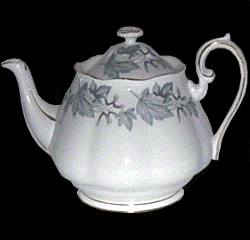 |
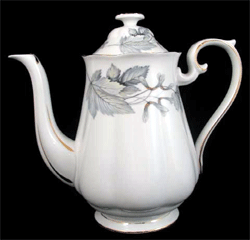 |
||||||||||||||||||||||||||||||||||||||||||||||||||||||||||||||||||||||||||||
Silver Maple |
||||||||||||||||||||||||||||||||||||||||||||||||||||||||||||||||||||||||||||||
Maple Leaf |
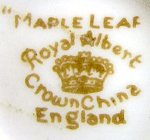 |
|||||||||||||||||||||||||||||||||||||||||||||||||||||||||||||||||||||||||||||
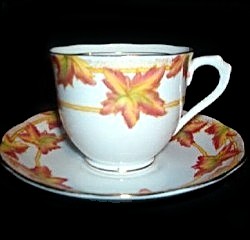 |
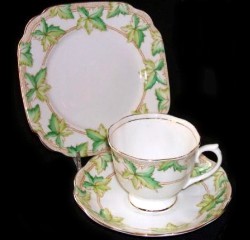 |
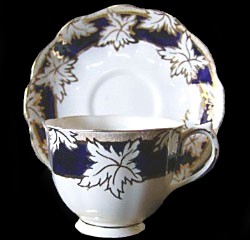 |
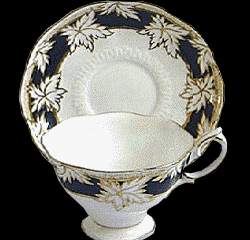 |
|||||||||||||||||||||||||||||||||||||||||||||||||||||||||||||||||||||||||||
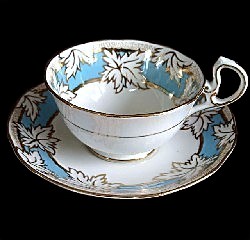 |
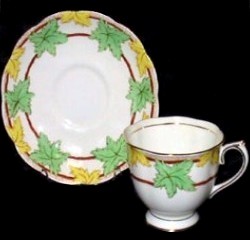 |
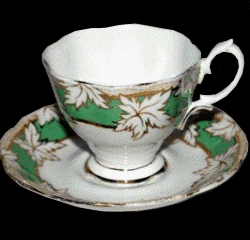 |
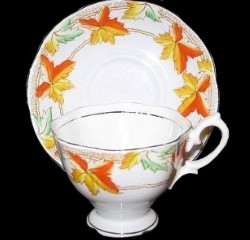 |
|||||||||||||||||||||||||||||||||||||||||||||||||||||||||||||||||||||||||||
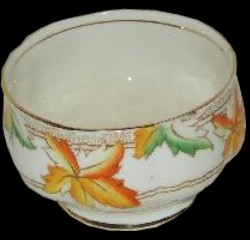 |
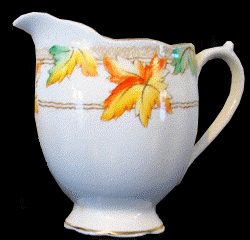 |
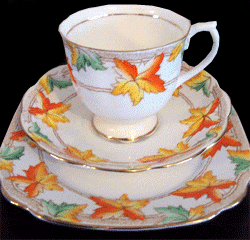 |
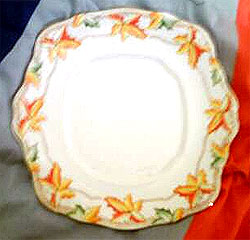 |
|||||||||||||||||||||||||||||||||||||||||||||||||||||||||||||||||||||||||||
Mayflower |
||||||||||||||||||||||||||||||||||||||||||||||||||||||||||||||||||||||||||||||
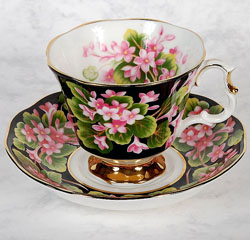 |
|
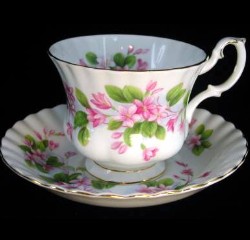 |
Nova Scotia The delicate pink mayflower, blooming in the forest glades in early spring, signifies Nova Scotia's coming of age. As far back as 1820 the mayflower emerged as a native patriotic symbol, suggesting high achievement in the face of adversity. The humble evergreen from the native countryside blossoms amid the last remaining snows of winter. From the 1830s through the end of the century, the emblematic mayflower was celebrated in songs, poetry, and political oratory. It graced the Lieutenant-Governor's chain of state, the stamps and coins of the province, and the decorative brass of its militia. Citizens displayed it on lapels, and banners, and at least two newspapers were named for the mayflower. In 1901 by an Act of the Legislature, the Trailing Arbutus (Epigaea repens), commonly known as the mayflower, was declared to be the Provincial Flower of Nova Scotia, and to have been so from time immemorial. |
|||||||||||||||||||||||||||||||||||||||||||||||||||||||||||||||||||||||||||
Mountain Avens |
Northwest Territories |
|||||||||||||||||||||||||||||||||||||||||||||||||||||||||||||||||||||||||||||
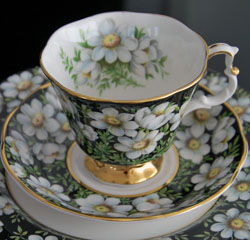 |
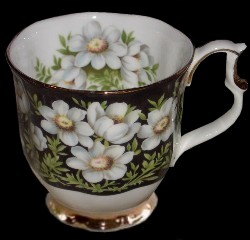 |
|||||||||||||||||||||||||||||||||||||||||||||||||||||||||||||||||||||||||||||
New Brunswick Tartan
|
The provincial tartan was designed by the Loomcrofters of Gagetown, N.B., and officially adopted in 1959. It is registered at the Court of The Lord Lyon, King of Arms in Scotland . Represented in the design are the forest green of lumbering, the meadow green of agriculture, the blue of coastal and inland waters, all interwoven with gold, a symbol of the province's potential wealth. The red blocks represent the loyalty and devotion of the early Loyalist settlers and the |
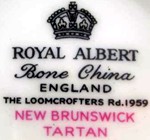 |
||||||||||||||||||||||||||||||||||||||||||||||||||||||||||||||||||||||||||||
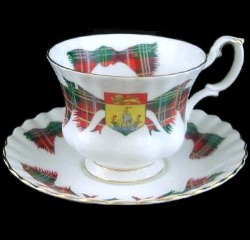 |
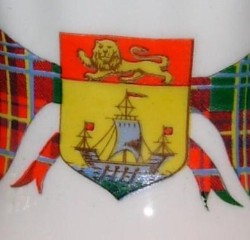 |
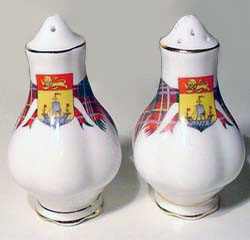 |
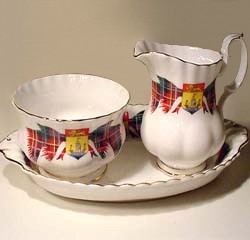 |
|||||||||||||||||||||||||||||||||||||||||||||||||||||||||||||||||||||||||||
Nova Scotia Tartan |
The Nova Scotia Tartan was the first provincial tartan in Canada. It reflects the profound contribution of the Scots to the founding of Nova Scotia, and the pioneer settlement of the old Royal Province. The very name Nova Scotia resounds with early Scottish colonial ambition; in Jacobean Latin it meant New Scotland. Being one among many large groups of settlers in the 18th and 19th centuries, the Scots brought with them the powerful lore of the Highlands. From this, the folk art revival of the present century brought forth Nova Scotia's recent emblem. Originally designed by Bessie Murray in 1953 for the agricultural exhibition in Truro, the popular tartan was adopted by the Province in 1955 through an Order in Council. It was later submitted for approval of the Court of the Lord Lyon King of Arms and, in 1956, was registered with Her Majesty's Register Office in Edinburgh, Scotland. In 1964, the Tartan Act was passed by the House of Assembly. A district tartan that may be worn by anyone, its blue and white are for the surf-ridden sea, greens for the forests, red for the royal lion on the Arms of Nova Scotia, and gold for the province's historic Royal Charter |
|||||||||||||||||||||||||||||||||||||||||||||||||||||||||||||||||||||||||||||
|
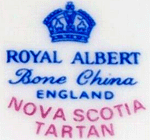 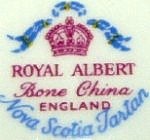 |
|||||||||||||||||||||||||||||||||||||||||||||||||||||||||||||||||||||||||||||
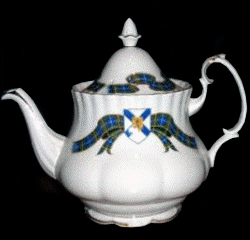 |
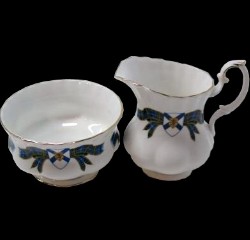 |
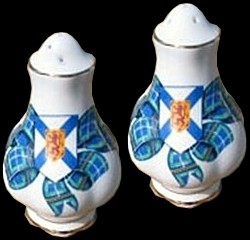 |
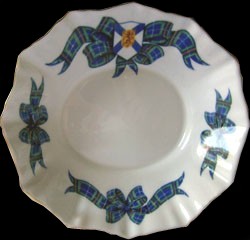 |
|||||||||||||||||||||||||||||||||||||||||||||||||||||||||||||||||||||||||||
Pitcher Plant |
Newfoundland and Labrador Although it was not declared the provincial flower of Newfoundland and Labrador until 1954, this strange plant appeared on the Newfoundland penny during the late 1880s. The pitcher plant is found primarily in bogs and marshland throughout the province. It has a large wine-red flower with a red and gold centre, and hollow pitcher-shaped leaves are attached to the base of the stem. An insectivorous plant, it feeds off the insects that become trapped inside |
|||||||||||||||||||||||||||||||||||||||||||||||||||||||||||||||||||||||||||||
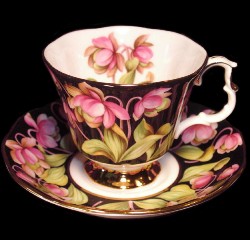 |
 |
|||||||||||||||||||||||||||||||||||||||||||||||||||||||||||||||||||||||||||||
Prairie Crocus |
Manitoba The floral emblem of Manitoba was officially adopted when an act respecting its adoption was given Royal Assent on March 16, 1906. Accordingly, "The flower known botanically as the anemone patens, and popularly called the crocus, shall be adopted as and deemed to be the floral emblem of the province." This early spring flower, known as the "Prairie Crocus" was chosen by the school children as the floral emblem of the province |
|||||||||||||||||||||||||||||||||||||||||||||||||||||||||||||||||||||||||||||
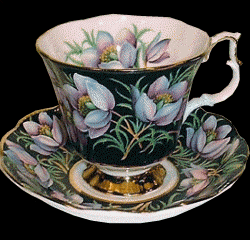 |
|
|
 |
|||||||||||||||||||||||||||||||||||||||||||||||||||||||||||||||||||||||||||
Prairie Lily |
Saskatchewan The wood lily (Lilium philadelphicum), also known as a Philadelphia lily or prairie lily, is a species of lily native to North America. A variant of the species, the western red lily (L. philadelphicum andinum) was designated Saskatchewan, Canada's floral emblem in 1941.It is featured on the flag of Saskatchewan. This lily grows in moist meadows and semi-wooded areas. With its flaming red blossoms, it stands out brilliantly against a natural green background. The western red lily is a protected species. |
|||||||||||||||||||||||||||||||||||||||||||||||||||||||||||||||||||||||||||||
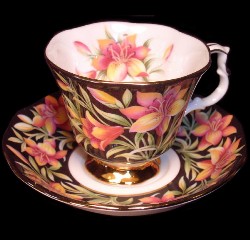 |
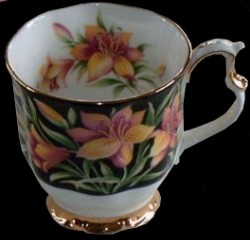 |
|||||||||||||||||||||||||||||||||||||||||||||||||||||||||||||||||||||||||||||
Prince Edward Island Tartan |
||||||||||||||||||||||||||||||||||||||||||||||||||||||||||||||||||||||||||||||
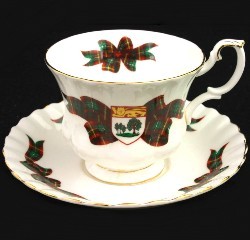 |
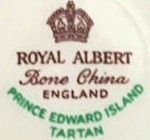 |
People of Scottish descent make up the largest ethnic group on Prince Edward Island. To recognize their contribution in settling PEI, a design by Mrs. Jean Reed was adopted as our provincial tartan in 1960. The reddish-brown signifies the redness of the soil, the green represents the grass and the trees, the white for the caps on the waves, and the yellow is for the sun.
| ||||||||||||||||||||||||||||||||||||||||||||||||||||||||||||||||||||||||||||
Purple Violet |
New Brunswick The purple violet (Viola cucullata) is a perennial which flowers from May through July. It is stemless, with leaves and flower stocks growing directly from rootstocks. The flowers of the purple violet have been used in jams and syrups, and are supposed to have properties to soothe the digestive tract and suppress a cough. The flower was adopted as the New Brunswick floral emblem in 1936, at the request of the provincial Women's Institute. | |||||||||||||||||||||||||||||||||||||||||||||||||||||||||||||||||||||||||||||
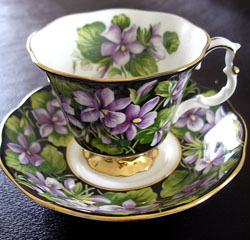 |
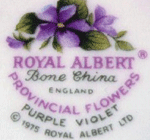 |
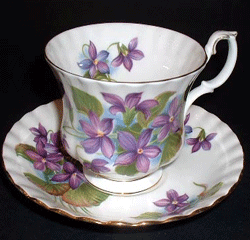 |
||||||||||||||||||||||||||||||||||||||||||||||||||||||||||||||||||||||||||||
Royal Canadian Rose |
||||||||||||||||||||||||||||||||||||||||||||||||||||||||||||||||||||||||||||||
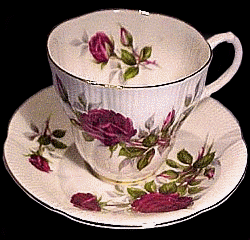 |
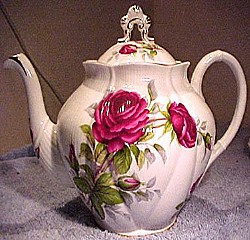 |
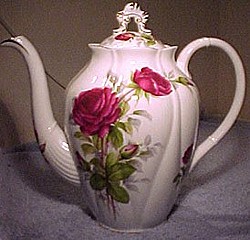 |
||||||||||||||||||||||||||||||||||||||||||||||||||||||||||||||||||||||||||||
Royal Visit to Canada 1959 To Commemorate the Royal Visit June 18, 1959 |
||||||||||||||||||||||||||||||||||||||||||||||||||||||||||||||||||||||||||||||
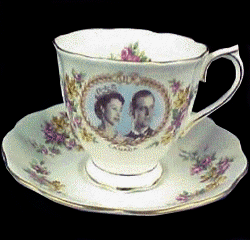 |
|
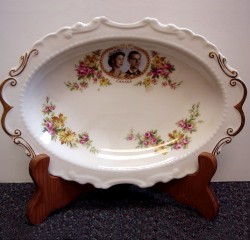 |
 |
|||||||||||||||||||||||||||||||||||||||||||||||||||||||||||||||||||||||||||
The Lobster |
||||||||||||||||||||||||||||||||||||||||||||||||||||||||||||||||||||||||||||||
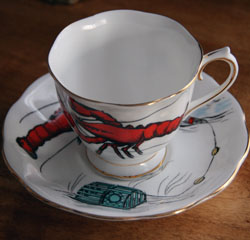 |
|
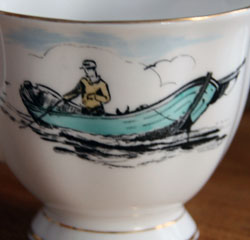 |
||||||||||||||||||||||||||||||||||||||||||||||||||||||||||||||||||||||||||||
Totem Ware Introduced: EST 1950s to 1960s British Columbia |
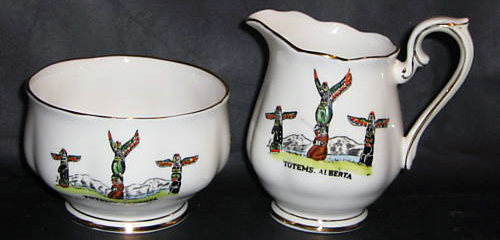 |
|||||||||||||||||||||||||||||||||||||||||||||||||||||||||||||||||||||||||||||
Alberta |
||||||||||||||||||||||||||||||||||||||||||||||||||||||||||||||||||||||||||||||
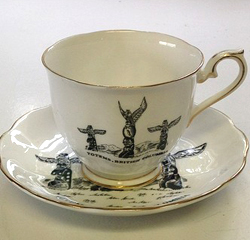 |
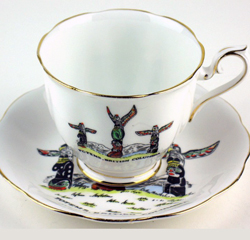 |
|||||||||||||||||||||||||||||||||||||||||||||||||||||||||||||||||||||||||||||
Black and White Version |
Color Version |
|||||||||||||||||||||||||||||||||||||||||||||||||||||||||||||||||||||||||||||
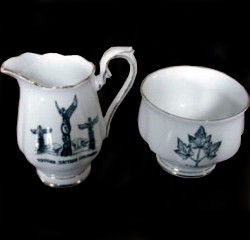 |
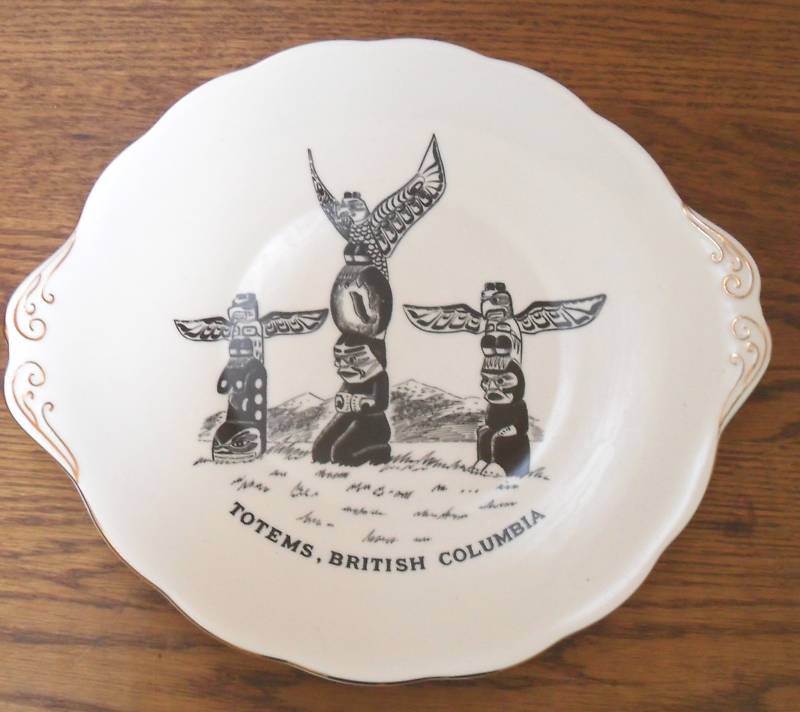 |
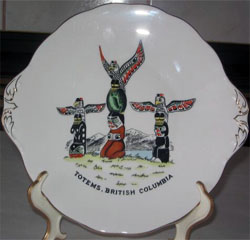 |
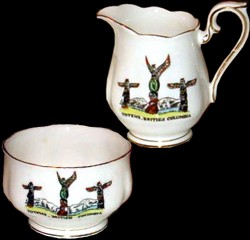 |
|||||||||||||||||||||||||||||||||||||||||||||||||||||||||||||||||||||||||||
Trillium |
Ontario The Floral Emblem Act was passed in Ontario in 1937. It states that "the flower known botanically as the trillium grandiflorum and popularly known as the white trillium is the floral emblem of the Province of Ontario." The white trillium can be found in deciduous forests and woodlands of the province in late April and early May. |
|||||||||||||||||||||||||||||||||||||||||||||||||||||||||||||||||||||||||||||
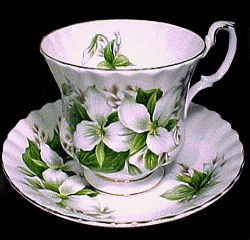 |
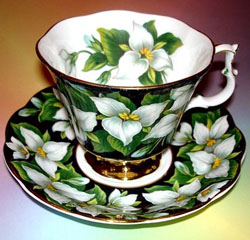 |
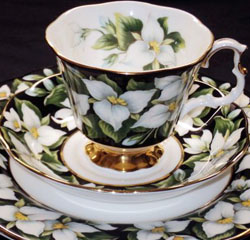 |
 |
|||||||||||||||||||||||||||||||||||||||||||||||||||||||||||||||||||||||||||
White Horse, Yukon, Canada |
||||||||||||||||||||||||||||||||||||||||||||||||||||||||||||||||||||||||||||||
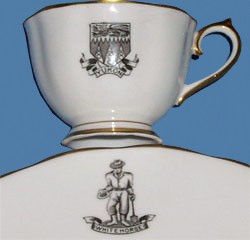 |
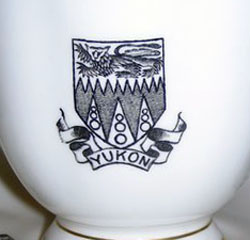 |
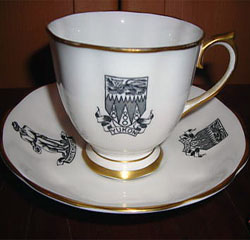 |
||||||||||||||||||||||||||||||||||||||||||||||||||||||||||||||||||||||||||||
Winnipeg, Manitoba, Canada |
||||||||||||||||||||||||||||||||||||||||||||||||||||||||||||||||||||||||||||||
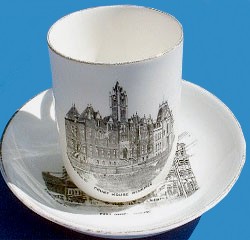 |
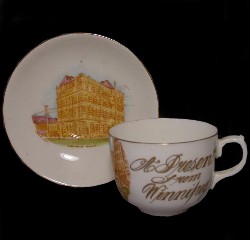 |
|||||||||||||||||||||||||||||||||||||||||||||||||||||||||||||||||||||||||||||
| Simpkins Main Street City Halland Volunteers Monument Winnipeg, Manitoba, Canada Ceremonies at Unveiling Volunteer Monument, Winnipeg, |
||||||||||||||||||||||||||||||||||||||||||||||||||||||||||||||||||||||||||||||
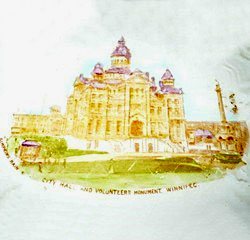 |
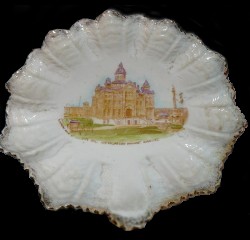 |
|||||||||||||||||||||||||||||||||||||||||||||||||||||||||||||||||||||||||||||
